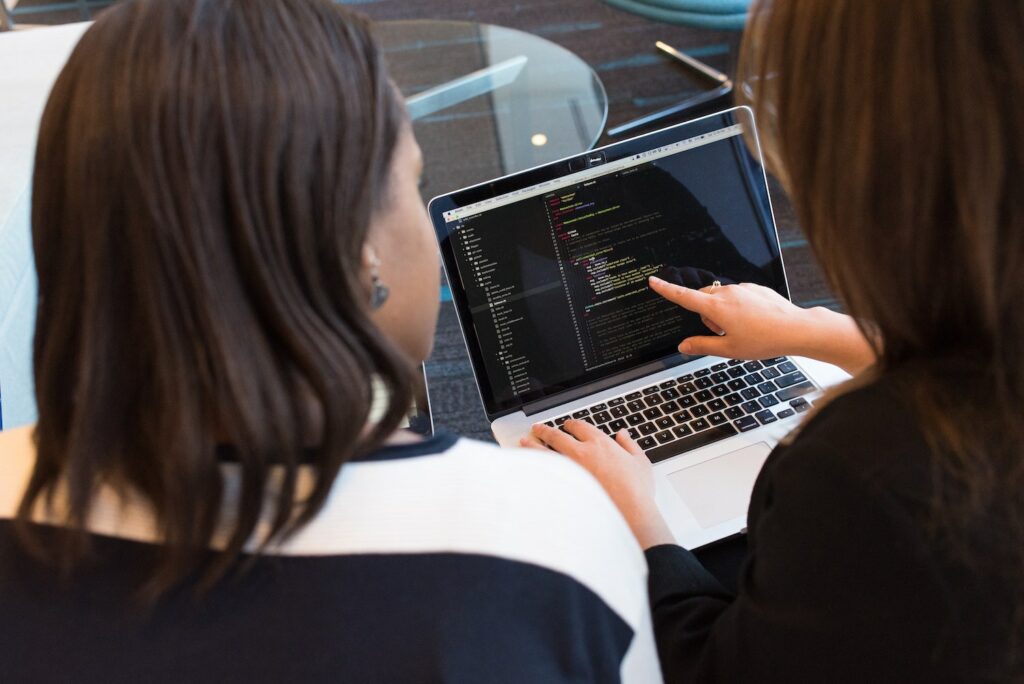
What Are CSS Snippets?
CSS snippets are small blocks of CSS code that perform specific styling tasks. These can range from aligning elements with Flexbox to creating complex animations with just a few lines of code. By embedding them into a project, developers and designers can implement advanced visual features quickly and efficiently.
Importance of Snippets in Modern Web Design
In 2025, the emphasis on speed and efficiency in web design has never been higher. Snippets help reduce repetitive coding, improve maintainability, and make prototypes more interactive and aesthetically pleasing in record time.
How CSS Snippets Improve Workflow
Using CSS snippets cuts down on manual code writing, especially for common UI components or layout structures. It promotes a modular approach where each snippet acts like a building block, ready to plug and play.
Criteria for Selecting the Best CSS Snippets
Efficiency and Performance
The best CSS snippets are lightweight, quick to load, and optimized to work without hogging resources. This ensures your site remains fast and responsive.
Reusability and Customizability
A good snippet should be easily modifiable for different projects. Whether it’s changing colors, dimensions, or animations, flexibility is key.
Compatibility with Modern Browsers
In 2025, ensuring cross-browser compatibility remains essential. Top snippets should work seamlessly on Chrome, Firefox, Safari, and even newer platforms or mobile-first browsers.
Top 10 CSS Snippets for 2025
1. Responsive Grid Layout
This snippet uses display: grid with media queries to create fluid layouts. Perfect for dynamic content without relying on frameworks.
.container {
display: grid;
grid-template-columns: repeat(auto-fit, minmax(200px, 1fr));
gap: 20px;
}
2. Animated Gradient Background
Bring your site to life with a gradient background that smoothly transitions colors.
cssCopyEdit<code>@keyframes gradientMove {
0% { background-position: 0% 50%; }
100% { background-position: 100% 50%; }
}
body {
background: linear-gradient(270deg, #ff7e5f, #feb47b);
background-size: 400% 400%;
animation: gradientMove 15s ease infinite;
}
</code>3. Custom Scrollbar Styling
Customize browser scrollbars to match your design language.
cssCopyEdit<code>::-webkit-scrollbar {
width: 12px;
}
::-webkit-scrollbar-thumb {
background-color: darkgrey;
border-radius: 6px;
}
</code>4. CSS Tooltip with Animation
Clean tooltips that fade in on hover, no JavaScript needed.
cssCopyEdit<code>.tooltip {
position: relative;
display: inline-block;
}
.tooltip .tooltip-text {
visibility: hidden;
position: absolute;
opacity: 0;
transition: opacity 0.3s;
}
.tooltip:hover .tooltip-text {
visibility: visible;
opacity: 1;
}
</code>5. Glassmorphism UI Card
Bring futuristic UI elements to life with glass-like visuals.
cssCopyEdit<code>.card {
backdrop-filter: blur(10px);
background: rgba(255, 255, 255, 0.1);
border-radius: 15px;
box-shadow: 0 8px 32px rgba(31, 38, 135, 0.37);
}
</code>6. Flexbox Centering Utility
Quickly center any element both horizontally and vertically using Flexbox.
cssCopyEdit<code>.center-flex {
display: flex;
justify-content: center;
align-items: center;
height: 100vh;
}
</code>7. Dark/Light Mode Toggle
Switch between dark and light themes using a simple CSS variable strategy.
cssCopyEdit<code>:root {
--bg-color: #ffffff;
--text-color: #000000;
}
[data-theme="dark"] {
--bg-color: #1a1a1a;
--text-color: #f5f5f5;
}
body {
background-color: var(--bg-color);
color: var(--text-color);
}
</code>8. CSS-only Accordion
Interactive accordion component without any JavaScript.
cssCopyEdit<code>.accordion input {
display: none;
}
.accordion label {
cursor: pointer;
padding: 10px;
background: #eee;
}
.accordion .content {
max-height: 0;
overflow: hidden;
transition: max-height 0.3s ease;
}
.accordion input:checked ~ .content {
max-height: 100px;
}
</code>9. Smooth Scroll Behavior
Enhance UX with seamless scroll transitions.
cssCopyEdit<code>html {
scroll-behavior: smooth;
}
</code>10. Button Hover Effects
Add flair to buttons with glowing hover animations.
cssCopyEdit<code>.button {
padding: 10px 20px;
border: none;
background: #6200ea;
color: white;
transition: box-shadow 0.3s ease;
}
.button:hover {
box-shadow: 0 0 10px #6200ea, 0 0 20px #6200ea;
}
</code>How to Use CSS Snippets in Your Projects
Embedding Directly into HTML
Simply insert your CSS snippet between <style> tags in the <head> section of your HTML document. This method is ideal for quick prototypes and small projects.
Linking via External Stylesheets
For larger projects, save your snippets in a .css file and link it using <link rel="stylesheet" href="styles.css">. This keeps your HTML cleaner and your styles reusable.
Tools and Platforms to Find Great CSS Snippets
GitHub Repositories
Repositories like 30 Seconds of CSS offer a rich collection of handy snippets categorized by functionality.
CodePen and JSFiddle
Explore thousands of community-contributed CSS snippets on platforms like CodePen and JSFiddle.
CSS Frameworks and Libraries
Libraries like TailwindCSS and Bootstrap have their own snippets, while sites like CSS-Tricks provide tutorials and ready-to-use examples.
Frequently Asked Questions About CSS Snippets
1. What are CSS snippets used for?
CSS snippets are used to add quick styling features, layouts, or UI enhancements without rewriting code from scratch.
2. Are CSS snippets compatible with all browsers?
Most modern snippets are cross-browser compatible, but always test them to ensure they perform as expected on all devices.
3. Can I create my own CSS snippets?
Yes! Any reusable block of CSS code can become a snippet. Keep them modular and well-commented for future use.
4. Are CSS snippets better than using a framework?
They complement frameworks well. While frameworks offer structure, snippets provide custom styling solutions.
5. Where can I save my favorite CSS snippets?
Use tools like GitHub Gists, Notion, or Snippet Manager extensions to save and organize your favorite code.
6. How do I ensure CSS snippets don’t conflict with my main stylesheet?
Use unique class names and avoid global selectors to minimize conflicts. Namespacing is a good strategy.
Conclusion and Final Tips
CSS snippets are invaluable tools in a web designer’s arsenal, streamlining the design process while enhancing creativity. As we move through 2025, the demand for clean, responsive, and stylish interfaces will only grow, making these top snippets not just useful but essential.
Experiment, modify, and integrate these snippets into your next project to deliver standout designs with efficiency and flair. Don’t forget to keep up with emerging trends and continuously expand your snippet library for even more development power!
Featured image by KOBU Agency on Unsplash
The post 10 Best CSS Snippets for Web Designers in 2025 appeared first on noupe.










